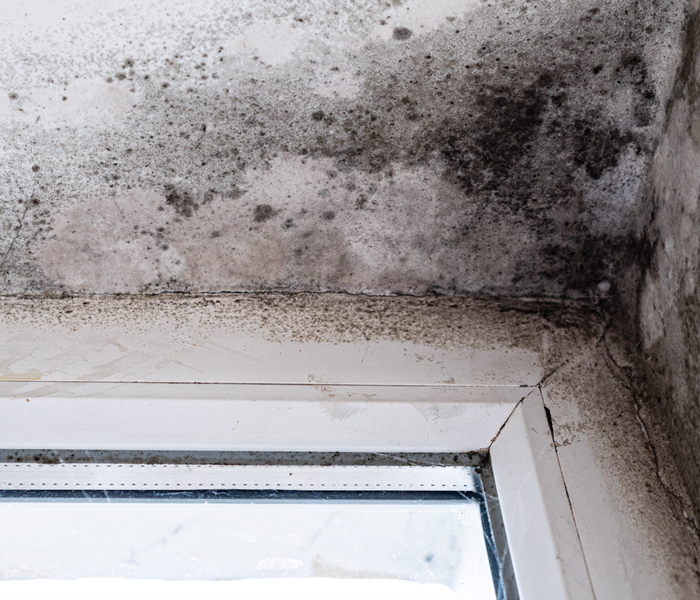Mold Growth. The Role of Humidity in Mold Growth
10/24/2023 (Permalink)
Mold growth is a common issue that can cause damage to homes and compromise indoor air quality. While the health concerns related to mold are well-documented, understanding the role of humidity in mold growth is crucial for preventing its proliferation. In this blog, we will explore the impact of humidity on mold growth and provide insights on controlling moisture levels to mitigate mold-related problems in your home.
The Ideal Conditions for Mold Growth
Mold requires specific conditions to flourish, and humidity plays a significant role in creating a favorable environment for its growth. High humidity, typically above 60%, provides the moisture necessary for mold spores to germinate and proliferate. Warm temperatures, usually between 77°F and 86°F, further enhance mold growth. Homes with poor ventilation and inadequate air circulation can exacerbate humidity levels, promoting the development of mold colonies. Understanding the correlation between humidity and mold growth is crucial in implementing effective preventive measures.
Recognizing High Humidity Levels
Identifying signs of high humidity can help homeowners take proactive steps to prevent mold growth. Condensation on windows, damp spots on walls or ceilings, and a musty odor are common indicators of excessive moisture in the air. Monitoring humidity levels using a hygrometer is also valuable in assessing the risk of mold growth. Relative humidity (RH) above 50% indicates increased moisture content and a conducive environment for mold spores to thrive.
Controlling Humidity Levels
Maintaining proper humidity levels is essential for preventing mold growth. The ideal relative humidity range is typically between 30% and 50%. Utilizing dehumidifiers in areas prone to excess moisture, such as basements or bathrooms, can effectively reduce humidity levels. Ensuring sufficient air circulation by using fans or opening windows can help regulate moisture. Fixing plumbing leaks promptly, insulating pipes to prevent condensation, and using proper ventilation systems are also vital strategies for controlling humidity and mitigating mold growth.
The Impact of Seasonal Changes on Humidity
Humidity levels can vary throughout the year due to seasonal changes. During the summer months, especially in regions with high humidity, the risk of mold growth tends to increase. Warm temperatures and persistent humidity create an environment conducive to mold spore activation and growth. In contrast, winter months often bring lower humidity levels due to decreased moisture in the air. However, certain indoor heating practices during winter, such as inadequately vented gas heaters or excessive use of humidifiers, can contribute to elevated humidity levels and potentially promote mold growth. Understanding and adapting to the seasonal fluctuations in humidity is key to preventing mold-related issues year-round.
Understanding the role of humidity in mold growth is crucial for preserving the integrity of your home. By monitoring and controlling humidity levels, homeowners can significantly reduce the risk of mold infestation. Implementing preventive measures and addressing moisture issues promptly will pave the way for a healthier and mold-free living environment.


 24/7 Emergency Service
24/7 Emergency Service
